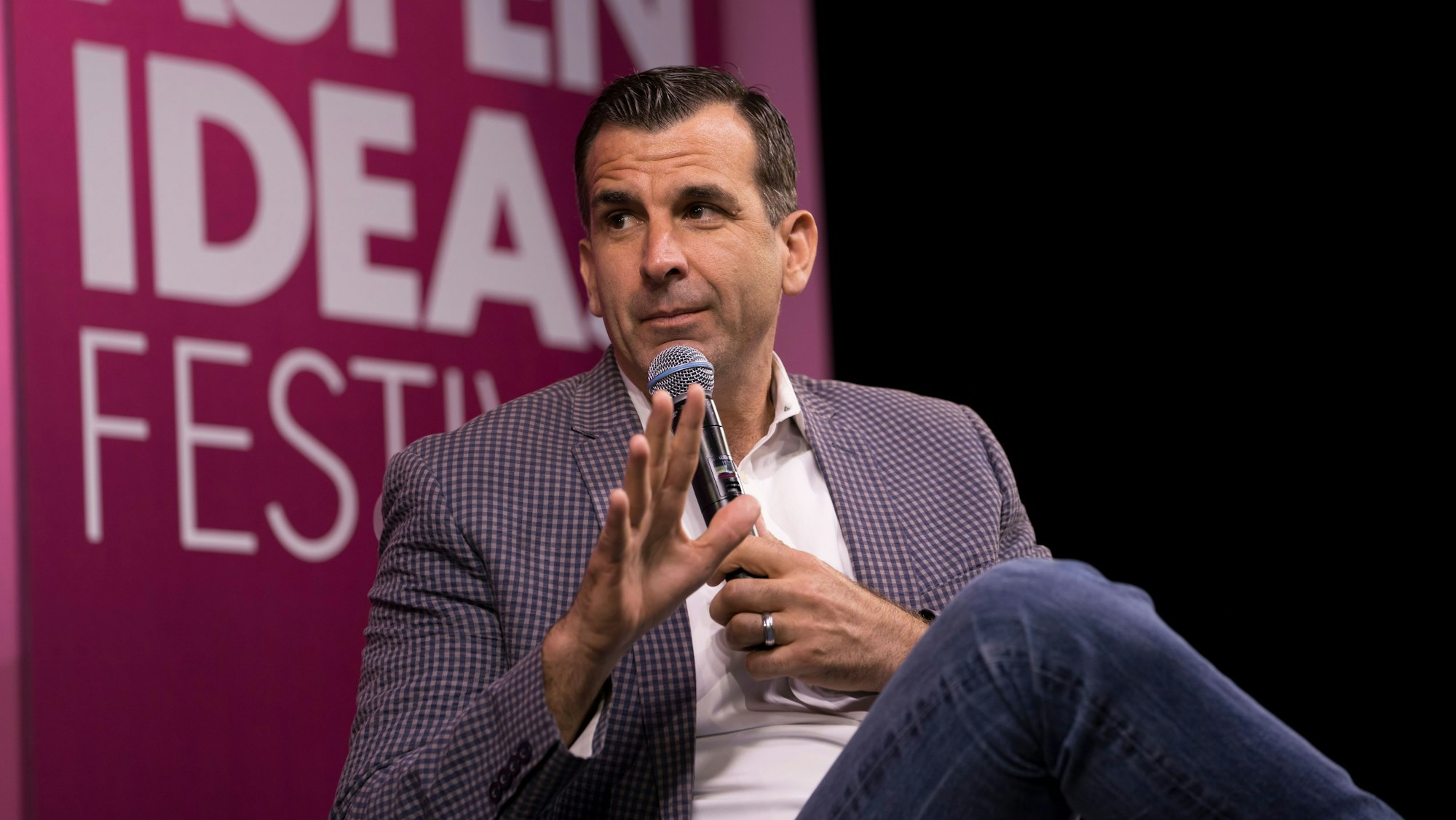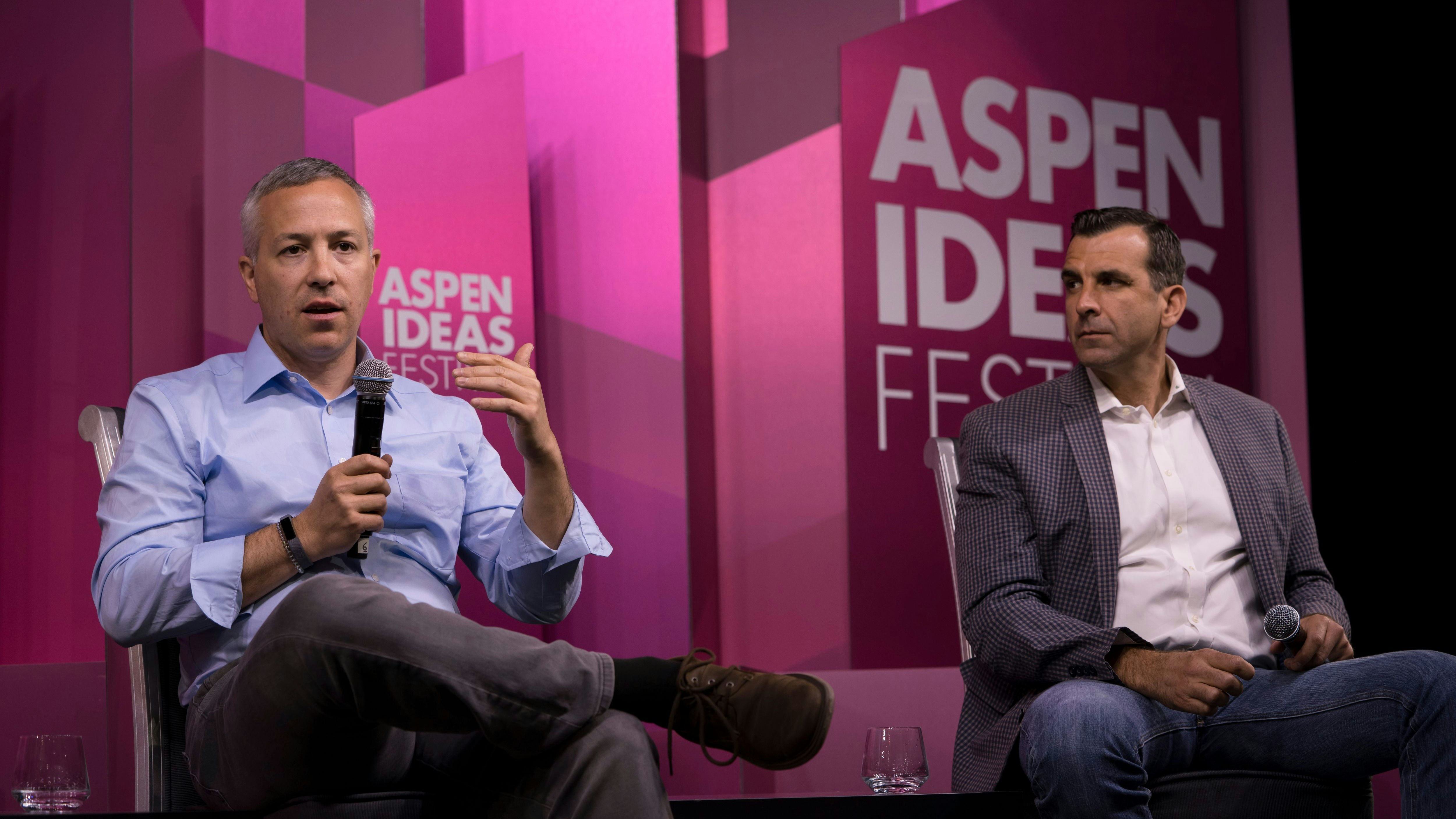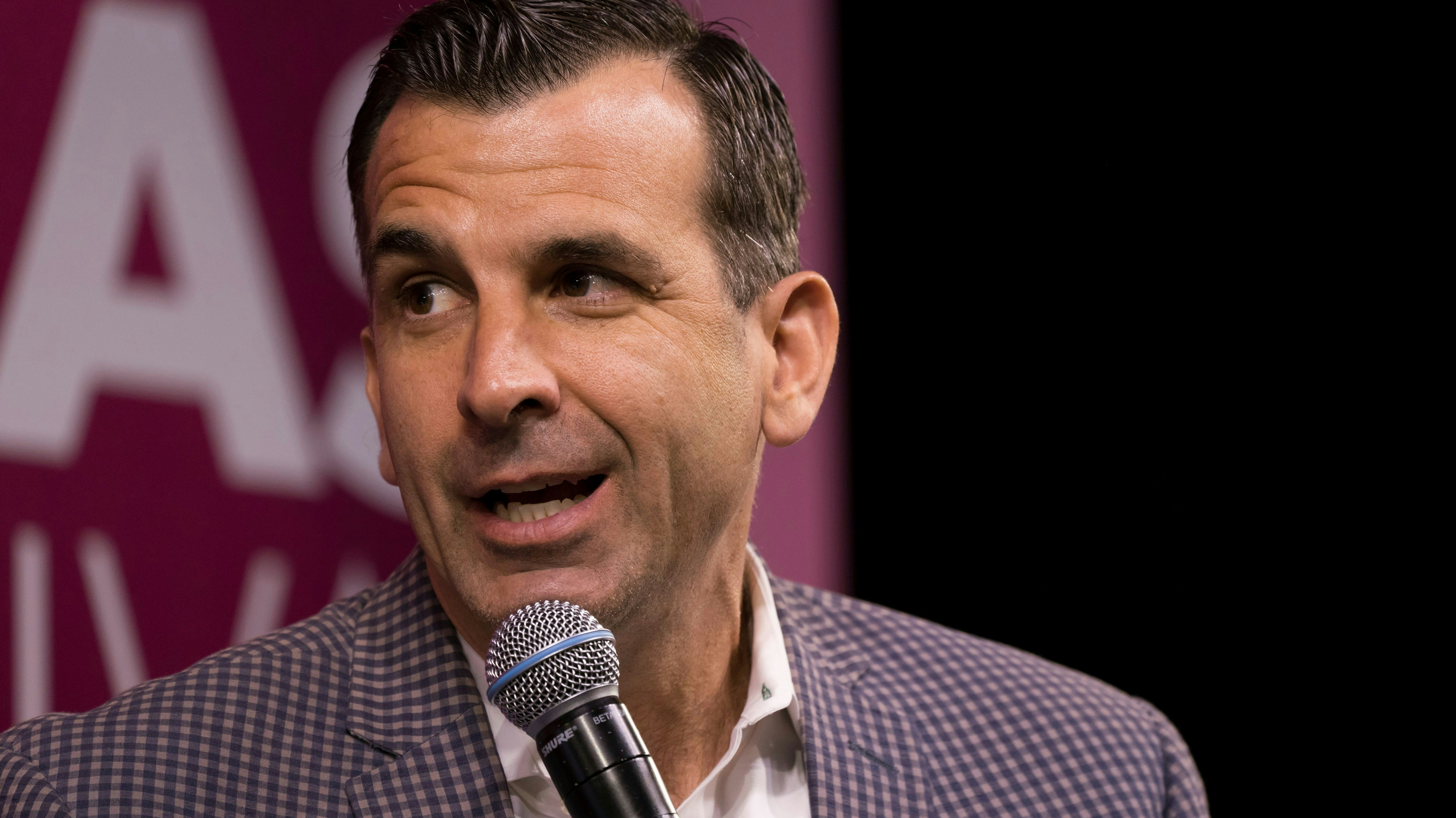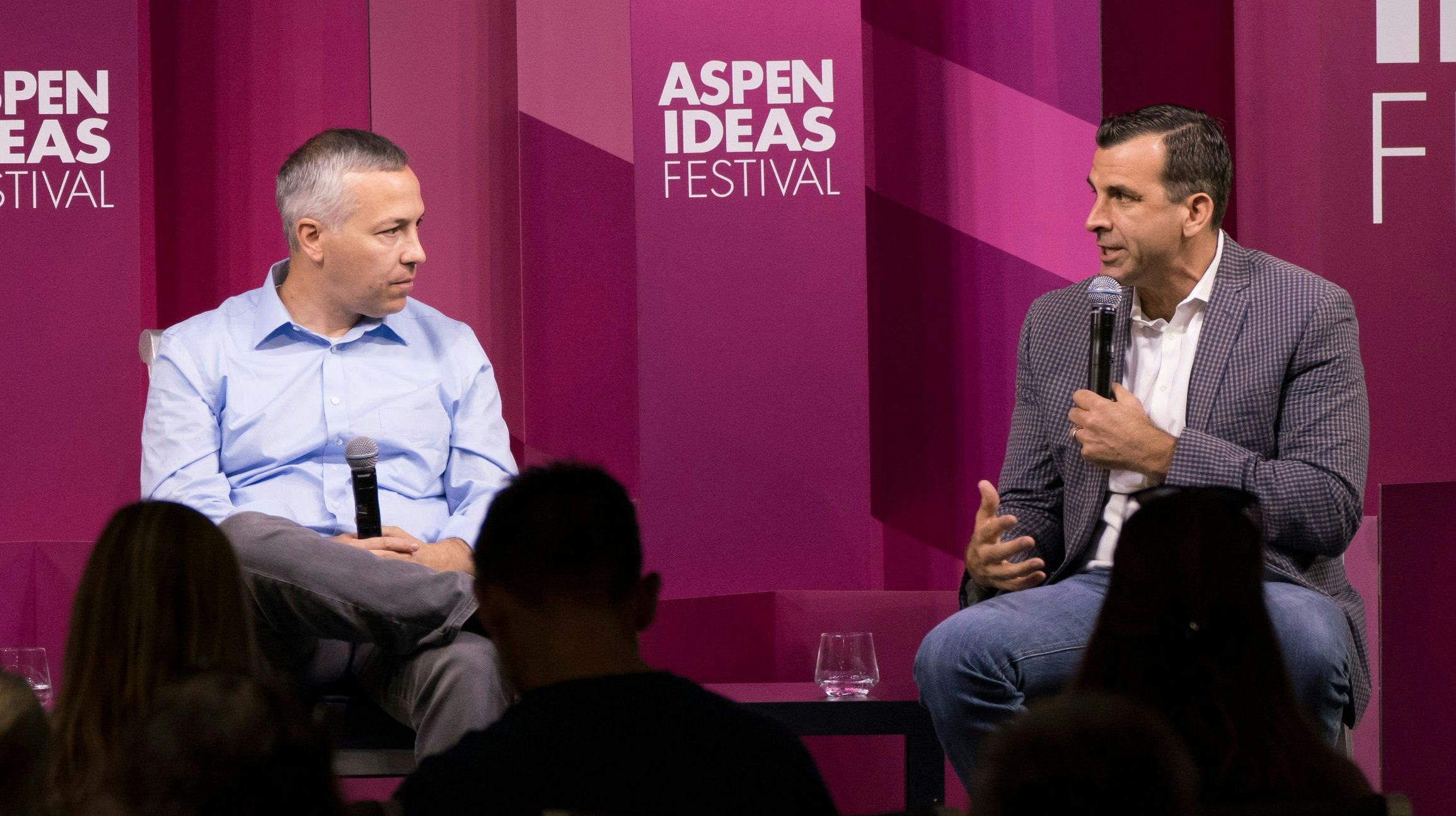
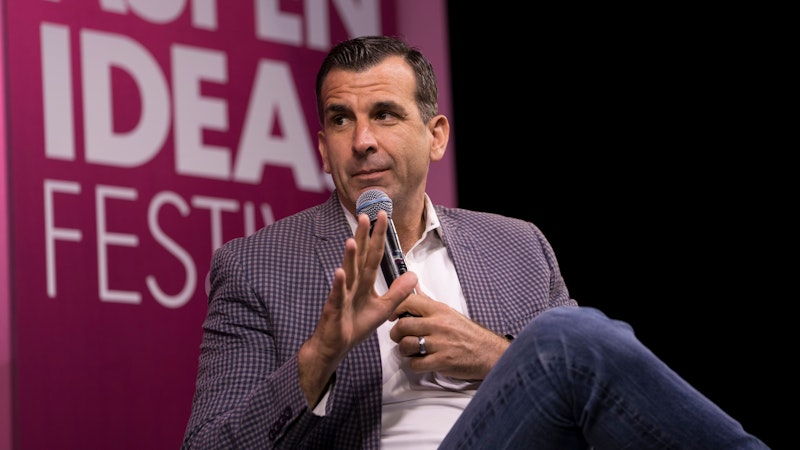
On Climate Policy, Cities Lead the Way
Setup
Cities are responsible for 70 percent of global carbon emissions, and by 2050, two out of every three people will live in one. Fortunately, cities are getting serious about environmental footprint — New York announced its own Green New Deal, Melbourne aims to be carbon neutral by 2020, and Los Angeles will use 100 percent renewable energy by 2045. Mayors are often more nimble than state and federal officials, installing policies faster and to greater impact. From infrastructure to transportation systems to water management, hear from the mayors’ offices in San Jose and New York on the heavy lifting they’re getting done in the absence of federal leadership in the climate movement.
- 2019 Festival
- Environment
- Health
- World
Can small solutions fix a global crisis?
Climate change is real, and it will touch every corner of the world. One popular criticism of city-scale efforts to curb emissions and go green claims that a city-by-city fight against climate change directs energy away from sweeping and urgent solutions at a national or international level. Shouldn’t we be thinking bigger? Sam Liccardo, mayor of San Jose, California, and Daniel Zarrilli, chief climate policy advisor for New York CIty, say that’s the wrong way to think about the issue:
Some efforts, like auto emission standards and pollution control, are most efficient when enacted at the national level. But in parallel, there are other areas — like land use and transit — that are best addressed at a local level. Solving climate change will require national and local governments working in concert, not each acting separately.
Rethinking buildings from the ground up
In the fight to reduce energy use and curb emissions, more US cities are looking to building owners. Building styles over the last century haven't exactly prioritized energy efficiency. Skyscrapers, warehouses, and even residential homes are massive energy consumers. Many buildings become even less efficient as they age, so there’s massive potential for energy savings by retrofitting those buildings.
By the numbers
Daniel Zarrilli has an ambitious plan for New York City. In the concrete jungle of Manhattan, the buildings are responsible for 70% of the city’s emissions. As part of a larger climate plan, New York will require building owners to retrofit their buildings over the coming decades to meet exacting emissions standards. And to make sure that building owners don’t pass those costs on to tenants, the city is offering financial assistance for retrofits in the form of grants and tax cuts.
How do you make climate initiatives affordable?
Many climate change initiatives have a class problem. Solar panels, electric cars — they’re good for the planet, but they’re prohibitively expensive for everyday Americans. And the burden of fuel taxes to curb auto emissions would be felt most acutely by those living paycheck-to-paycheck. So what do climate policies that help all Americans look like? Sam Liccardo gives examples from San Jose of what equitable climate initiatives can look like:
Helping fossil fuel vehicles become obsolete
Fossil fuel vehicles create cascading environmental effects in urban areas, and many cities are looking for ways to overthrow the dominance of traditional transportation. It’s not an easy task though. A century’s worth of city planning, economic growth, and societal norms rest on fossil fuel vehicles and their infrastructure. Sam Liccardo and Daniel Zarrilli discuss the successes and limits around easing Americans out of gas guzzlers and into electric vehicles:
This excerpt has been lightly edited for clarity
-
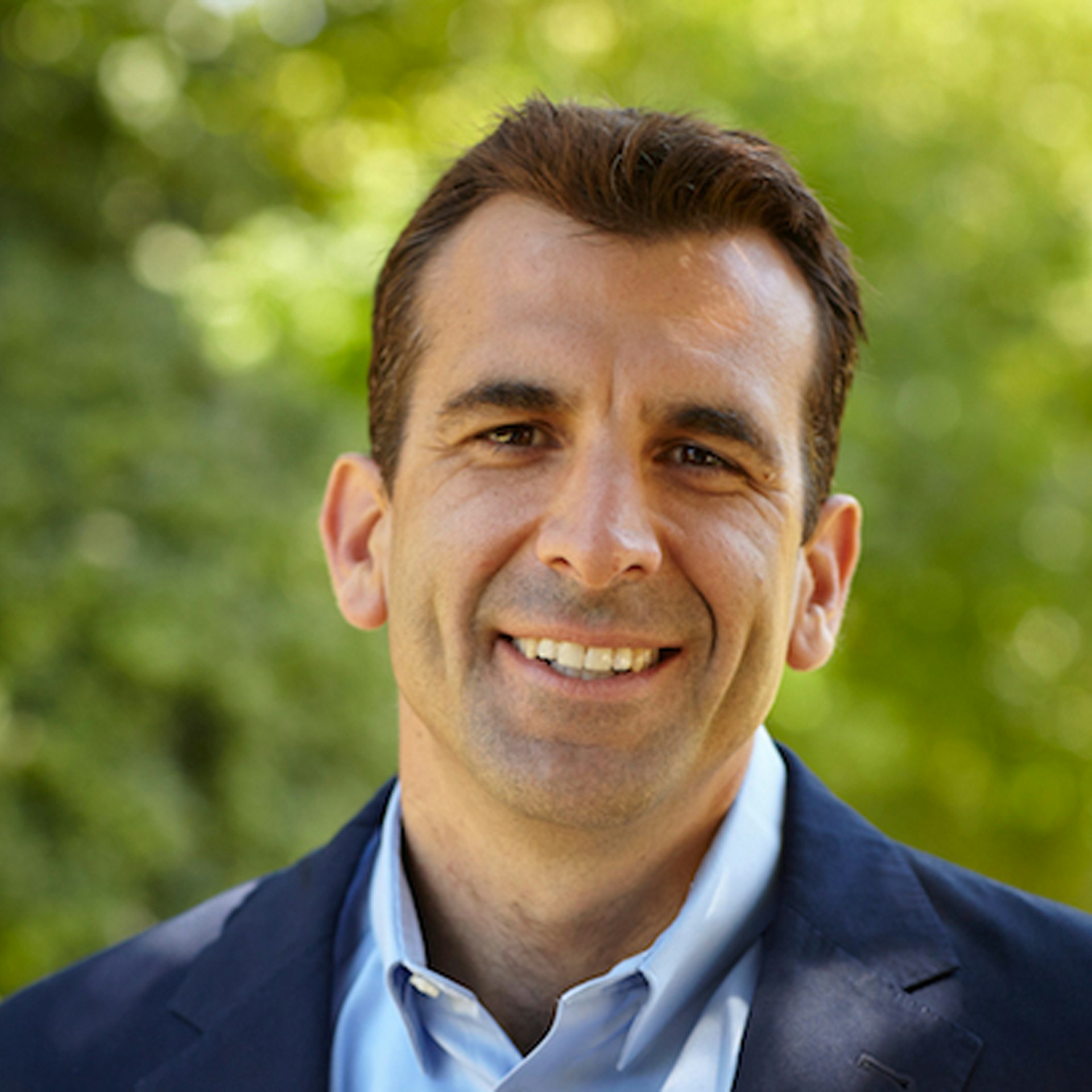
Sam Liccardo: It’s around building the [electric vehicle] infrastructure, and mandating it in new building construction so that residential as well as commercial buildings have the infrastructure in place… It’s so much less expensive to mandate it upfront than retrofit. What we’re seeing is that it’s working, even in a commute-heavy region. If you get the infrastructure in place, people will enjoy it, they’ll benefit from it, and EVs will sell.
-

Daniel Zarrilli: It’s a really important point that we in city government and policy need to do everything we can to make it easier on this transition. There’s market incentives and mandatory codes, and how we build and do land use — and those are critically important. And yet we’re fighting with one hand tied behind our back. Let’s consider things like fossil fuel subsidies — the [International Monetary Fund] recently reported that the US spends something like $650 billion a year on fossil fuel subsidies. We’re trying to set up incentives so people can make easier choices, yet the fight is not nearly fair because we’re always facing unnaturally cheap fossil fuels.
Bridging the partisan divide
Although the effects of climate change won’t discriminate based on political party, the efforts to fight climate change follow partisan political lines in the US. Sam Liccardo and Daniel Zarrilli explain how they try to engage other civic leaders on climate change, even if they disagree politically:
Learn More
Additional Information
Explore More
Environment


Scholars are still uncovering information about Britain’s involvement in the transatlantic slave trade and its era of slavery, piecing together how the wealth generated from t...

As we wrap-up another year of elevating big ideas at Aspen Ideas: Health, we're excited to share the 15 most-watched sessions from the event. These conversations with inspirin...


Each year brings more destructive natural disasters and growing evidence of the challenging future we face if we don’t address climate change. But the biggest cause of climate...

In America, millions of people struggle with mental health including depression, anxiety, and more — all further exacerbated by living through a pandemic. The National Allianc...

Our attitudes, habits, pleasures, and responsibilities shift across the generations, influencing the health challenges we face and how we respond to them. Expectations about h...


Relations between the United States and China have become increasingly tense over the past few years. Trade wars have escalated, and U.S. national security experts are bracing...


If we do absolutely nothing to mitigate climate change, scientists estimate the toll could be $38 trillion a year in damages. Industrialized countries like the United States,...

The United States spends $4.3 trillion—almost one fifth of the nation’s GDP—on health care. As the scale of the medical enterprise expands, venture capitalists are pursuing th...

Today's kids are coming of age against a backdrop of political, social, technological and economic upheaval. While these circumstances are shaping a precocious generation that...

Advocates, healthcare providers, legislators, researchers, and venture capitalists are bringing the unique health needs of women to light – from vigorous policy debates on iss...

From the debate over reproductive rights to the epidemic of gun violence to the youth mental health crisis, this year's Aspen Ideas: Health sessions tackled many of today's mo...

The recognition that all things are connected is at once a scientific principle and a philosophical touchstone. Humans, animals, and the environment are intertwined in complex...

Three people whose lives have been irrevocably changed by the Israel-Palestine conflict share their stories of profound loss, grief and forgiveness.
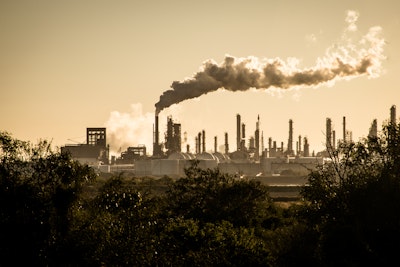
A couple of degrees makes a world of difference — megafires, rising seas, failing infrastructure, and food systems require our immediate attention. Demands on dwindling natura...

Our need for human connection is profound and deep. Yet, today, one in two adults are living with measurable levels of loneliness – and the numbers are even higher among young...


Sizable electorates around the world are flocking to populist candidates who promise power, domination and a return to better times. The global experiment in liberalism seems...


Conflict and suffering can bring out the worst in people, but it can also bring out the best. This is one of the lessons New York Times columnist Nicholas Kristof has learned...

Women are crucial to the climate movement, but their voices are often underrepresented and their work goes under-supported. Meet just a few of the women from this year’s Aspen...

The war in Ukraine continues to reshape European security and global alliances, while the war in Gaza raises urgent questions about humanitarian aid and international interven...


The grim stream of news from the Middle East has been making it more and more difficult to hold onto hope for peace. When and how will the conflict in Gaza end? And could war...


